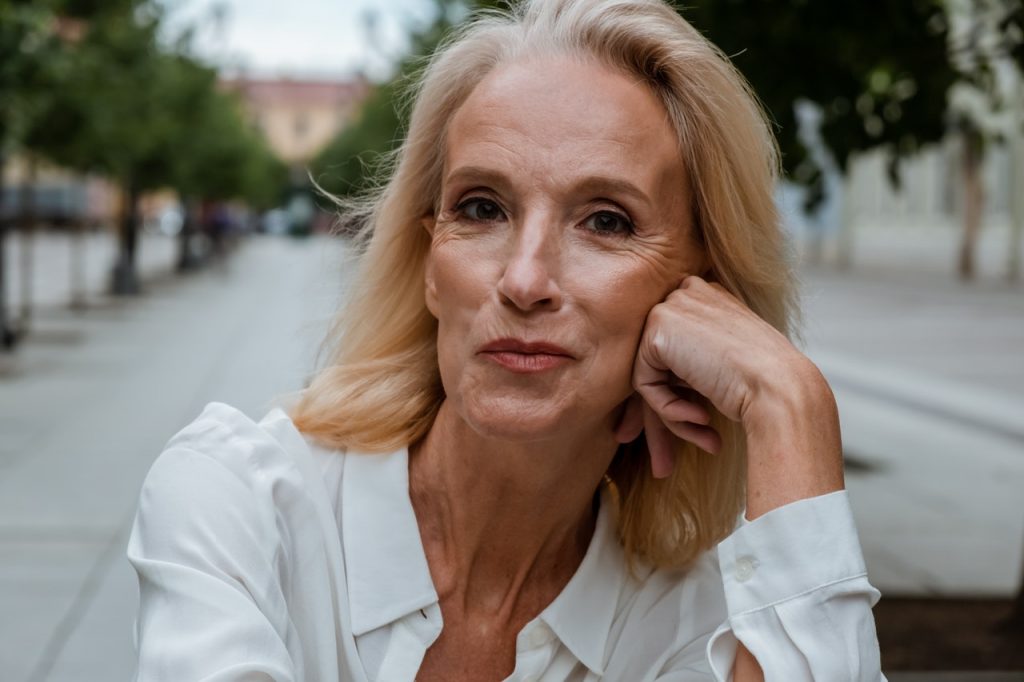The way we approach dental hygiene varies with an individual’s age. This is especially true of children versus adults.
You take your child to a kids’ dentist because they specialize in pediatric oral care. That means handling problems that only children experience, from early childhood caries to overcoming the fear of the chair.
Yet even though differences tend to smooth out among adults, we still need to recognize that a significant demographic faces challenges to their oral health. The elderly are in danger of faltering health linked to dental issues, which is associated with negative impacts on the quality of living.
An oral health complacency
Singaporeans take immense pride in being world-class in so many things. The Little Red Dot isn’t blessed with the natural resources that other nations have, so we’ve had to maximize what we’ve got.
Our infrastructure and man-made attractions rival anything in the rest of OECD. We are consistently at the top of world rankings when considering education, safety, economic strength, and other factors that comprise livability. Even the pleasant climate and prevalence of English as the lingua franca work in our favor.
None of these advantages came easily. We’re only a few generations removed from British independence and the start of our remarkable development success story. Our elders recall those days well. Their competitive spirit is the root of our national kiasu culture.
That’s why it’s a remarkable contradiction that Singapore lags behind the rest of the developed world when it comes to oral health care among the elderly.
In a 2016 survey by the National Dental Centre Singapore (NDCS), it was found that 31% of Singaporeans aged 60 or over have lost all their teeth. The rate for the same age group among other developed nations is typically between 17 to 20%.
In Sweden, people aged 80 above have an average of 25 teeth. Among Singaporeans of the same age, only 9% retain at least 20 teeth.
For people whose defining characteristic is arguably that they hate to be bested at anything, we seem surprisingly complacent about dental hygiene as we age.
Warning signs

This age-related gulf in oral health can be attributed at least partly to Singapore’s rapid development. Currently, any Singaporean who’s 60 years or older is unlikely to have grown up enjoying the first-class quality of living that we now take for granted.
As any parent knows, good dental hygiene starts when you’re a child. And access to adequate oral health care makes a difference but is linked to a family’s affluence.
Compared to younger generations today, our elders grew up with less money and placed less value on establishing the habits associated with proper tooth care. It follows that if you focus on that demographic, dental problems will be magnified accordingly.
This explanation can account for the prevalence of tooth decay and edentulism among our seniors, but it doesn’t excuse complacency.
Global research by the WHO has consistently shown that poor oral health is positively correlated with the incidence of non-communicable diseases like diabetes, cancer, cardiovascular, or chronic respiratory disease. Your teeth are a window into your overall physical health and reflect lifestyle choices and risk factors, good or bad.
Dental issues are a warning sign that other problems might be going on elsewhere in your body. And the most vulnerable demographic is also the one that’s increasing most rapidly relative to the population, thanks to lower birth rates and rising life expectancy. This trend, too, is a warning that we need to step up oral health interventions in our country.
Raising the floor
The challenge we face is not focusing solely on the patients we have now but instead emphasizing how we can lift the bottom of outcomes among tomorrow’s elderly.
On the institutional level, the NDCS will be aided by the recent establishment of the National Dental Research Institute Singapore. The research group’s thrust will be developing new therapies for common chronic diseases, advancing better community care models, and exploring new opportunities on the technological front.
As individuals, we can all recognize that older generations don’t necessarily benefit from the same education and information that we now have regarding dental hygiene.
This has a negative effect on their attitudes towards dental hygiene and services. They may view dental appointments as optional, tooth decay as something inevitable, and modern sugary diets as acceptable. They may even feel fear and anxiety, similar to a child.
Instead of being blind to this deficit, we can intervene to change people’s attitudes in our lives. If consultation with a primary care doctor is more accessible, that could be an opportunity to reinforce the need for oral examination or procedures.
Our society will eventually catch up in this aspect. In the meantime, let’s be competitive and raise the floor for everyone we can help personally.

